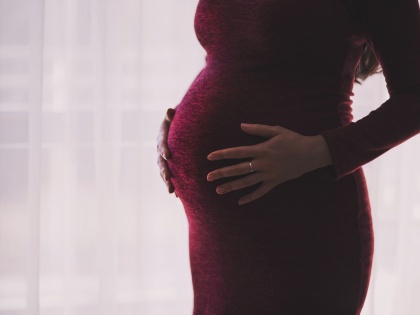Study focuses on predicting preterm births
By ANI | Published: November 20, 2020 03:57 PM2020-11-20T15:57:13+5:302020-11-20T16:10:13+5:30
For women in their first pregnancy, it is a challenge for obstetricians and midwives to advise them on their risks in relation to preterm births.

Study focuses on predicting preterm births
For women in their first pregnancy, it is a challenge for obstetricians and midwives to advise them on their risks in relation to preterm births.
To address this issue, researchers at Baylor College of Medicine and Texas Children's Hospital studied how family history can predict preterm birth. Their findings were published in the American Journal of Obstetrics & Gynecology.
"This is a retrospective study of prospective data," said Dr Kjersti Aagaard, professor of obstetrics and gynaecology at Baylor and Texas Children's Hospital. "We developed a biobank and data repository called PeriBank where we consistently asked our pregnant patients a set of questions about their familial history. We were able to take that detailed data and determine if that specific woman's family history did or did not predict her delivering preterm."
Once familial information was gathered, the research team was able to answer questions to quantify estimates of risk for preterm birth based on the pregnant patient's family history of preterm birth in herself, her sister(s), her mother, grandmothers and aunts and great-aunts.
Their findings showed scenarios for women who have previously given birth (multiparous), as well as women who have never given birth (nulliparous). If a nulliparous woman herself was born preterm, her relative risk for delivering preterm was 1.75-fold higher. If her sister delivered preterm, her relative risk was 2.25-fold higher. If her grandmother or aunt delivered preterm, there was no significant increase of risk. If a multiparous mother with no prior preterm births was born preterm herself, her risk was 1.84-fold higher. However, if her sister, grandmother or aunt delivered preterm, there was no significant increase.
"We've managed over the years to collect data from a very large population of pregnant women that reflect Houston. There was considerable diversity by race, ethnicity, culture and socioeconomic status. This was a key strength of our study. With this breadth and depth of data reflective of the diversity of Houston, we were able to ask some good questions, which gave us really important information about 'heritability' of risk," Aagaard said.
The research team showed that preterm births cannot be fully attributed to genetics, Aagaard said. Family members may share DNA or genetic code, but the same generation of family members are more likely to share social determinants or have experienced systemic racism and bias. This was best demonstrated by their finding that a history of preterm birth in the pregnant woman or her sister was significantly associated with preterm birth, while a grandmother or aunt was not. These same-generation predictors are generally thought to reflect more about common environmental or social exposures (or a combination of limited genetics plus common exposures) than genetic linkages.
"We know that for the majority of women who deliver a baby preterm, we cannot say that the cause of that preterm birth was in whole or in part genetics. Rather, this study provides subtle but important clues that it is more likely the shared familial background and its exposures that render risk," Aagaard said. "We hope others will similarly be mindful of those subtle characteristics when looking at heritability and risk. We remain committed to finding the underlying true causal and driving factors. In the meantime, we provide for the first time some reliable risk estimates for first time moms based on their and their family history of preterm birth."
Other contributors to this work include Amanda Koire and Derrick Chu.
( With inputs from ANI )
Disclaimer: This post has been auto-published from an agency feed without any modifications to the text and has not been reviewed by an editor
Open in app